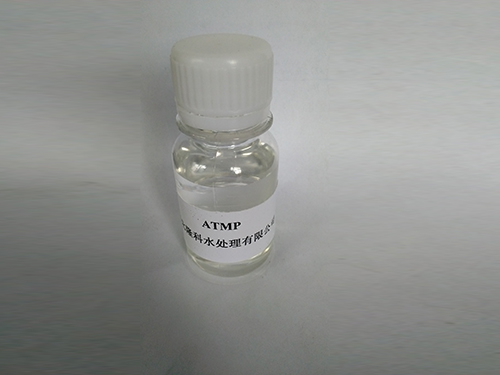poly aluminium chloride for drinking water
Poly Aluminium Chloride for Drinking Water Treatment
Poly Aluminium Chloride (PAC) is a crucial chemical compound widely used in the treatment of drinking water. As a coagulant, PAC plays a significant role in the purification process by removing impurities, suspended solids, and microorganisms from water sources, ensuring the safety and quality of drinking water supplied to communities.
Poly Aluminium Chloride for Drinking Water Treatment
One of the significant advantages of using PAC in drinking water treatment is its efficiency in a broad pH range. It can effectively coagulate and flocculate in various water chemistry conditions. This versatility makes it suitable for treating water from different sources, including surface water, groundwater, and even wastewater. Additionally, PAC operates effectively at lower doses compared to conventional coagulants, leading to reduced chemical usage and lower operational costs for water treatment facilities.
poly aluminium chloride for drinking water

The application of PAC in drinking water treatment has shown improved performance in terms of turbidity removal, color reduction, and overall water quality enhancement. Furthermore, it has been found to produce less sludge compared to other coagulants, thus simplifying the sludge management process and minimizing environmental impact.
Safety is a primary concern when it comes to drinking water treatment, and PAC has been assessed for its suitability in this application. Regulatory bodies, such as the U.S. Environmental Protection Agency (EPA) and the World Health Organization (WHO), have established guidelines for the use of PAC in drinking water treatment, ensuring that it meets health and safety standards. When used according to these guidelines, PAC poses minimal risk to human health and the environment.
In conclusion, Poly Aluminium Chloride serves as an effective and efficient coagulant in drinking water treatment. With its enhanced coagulation properties, versatility across various water chemistries, and a more environmentally friendly profile compared to traditional coagulants, PAC has become an essential component in modern water treatment processes. By ensuring the delivery of safe and clean drinking water, PAC not only protects public health but also contributes to sustainable water management practices worldwide. As communities continue to face challenges such as water scarcity and pollution, the role of PAC in water treatment remains more crucial than ever.
-
Water Treatment with Flocculant Water TreatmentNewsJun.12,2025
-
Polymaleic AnhydrideNewsJun.12,2025
-
Polyaspartic AcidNewsJun.12,2025
-
Enhance Industrial Processes with IsothiazolinonesNewsJun.12,2025
-
Enhance Industrial Processes with PBTCA SolutionsNewsJun.12,2025
-
Dodecyldimethylbenzylammonium Chloride SolutionsNewsJun.12,2025





